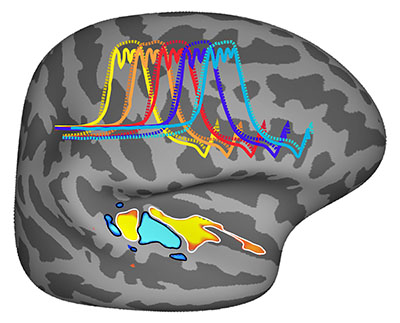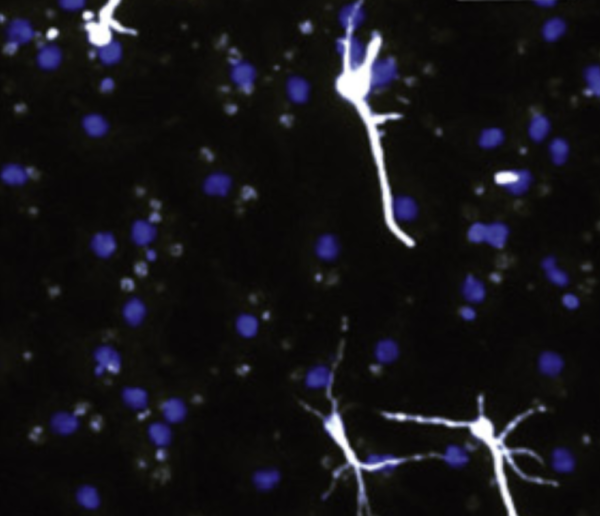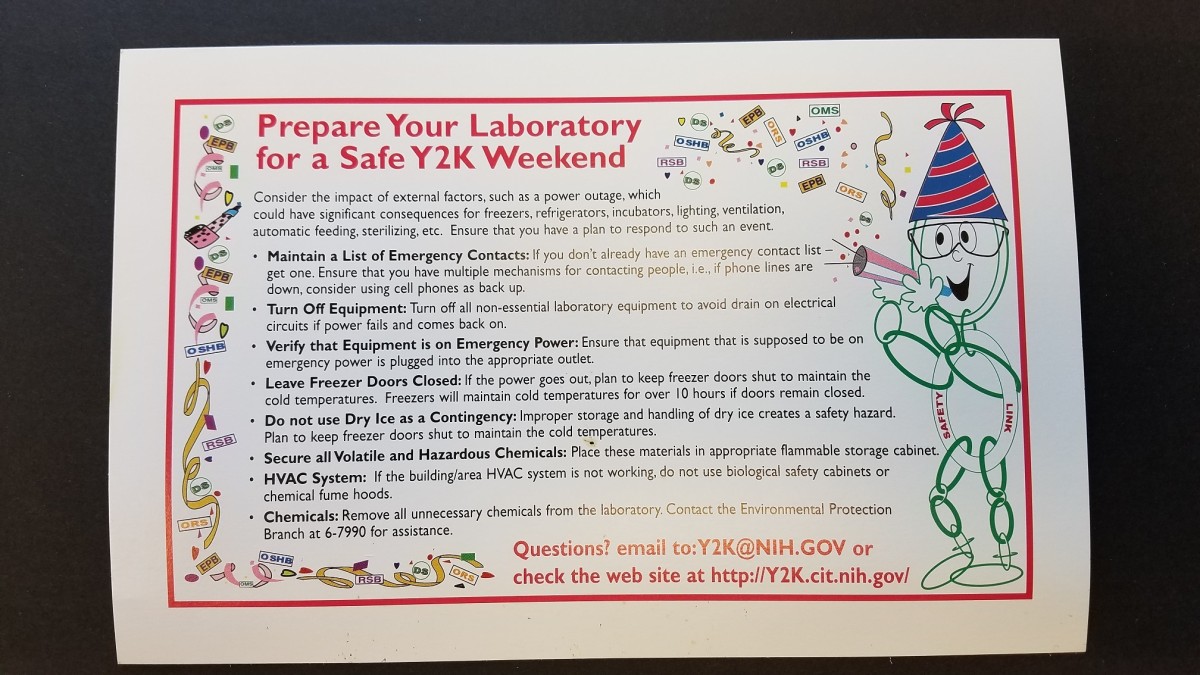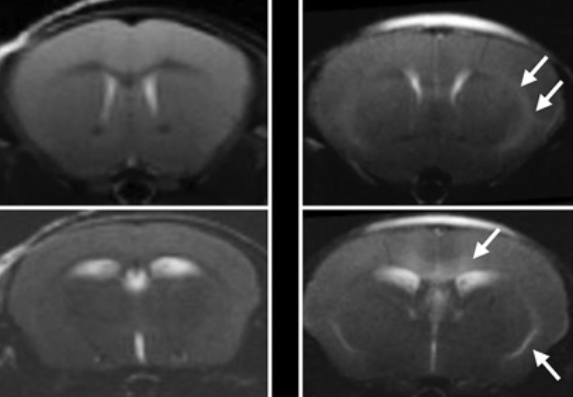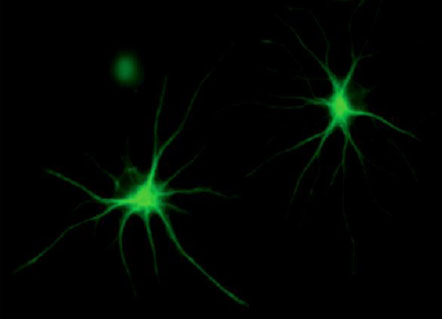On the Cusp of Customized Concussion Care
Five Questions With Dr. Jessica Gill
Each year, millions of Americans suffer sports-related concussions, and the number of youth suffering from these traumatic brain injuries has been rising. Blows to the head are common in sports such as football and hockey, and when these forces are strong enough to cause a concussion, they can harm the brain and impair cognitive functioning. Although concussions occur in staggering numbers, scientists do not fully understand what happens to the brain at the time of concussion or during the recovery period. However, that doesn’t mean they’re not trying.


